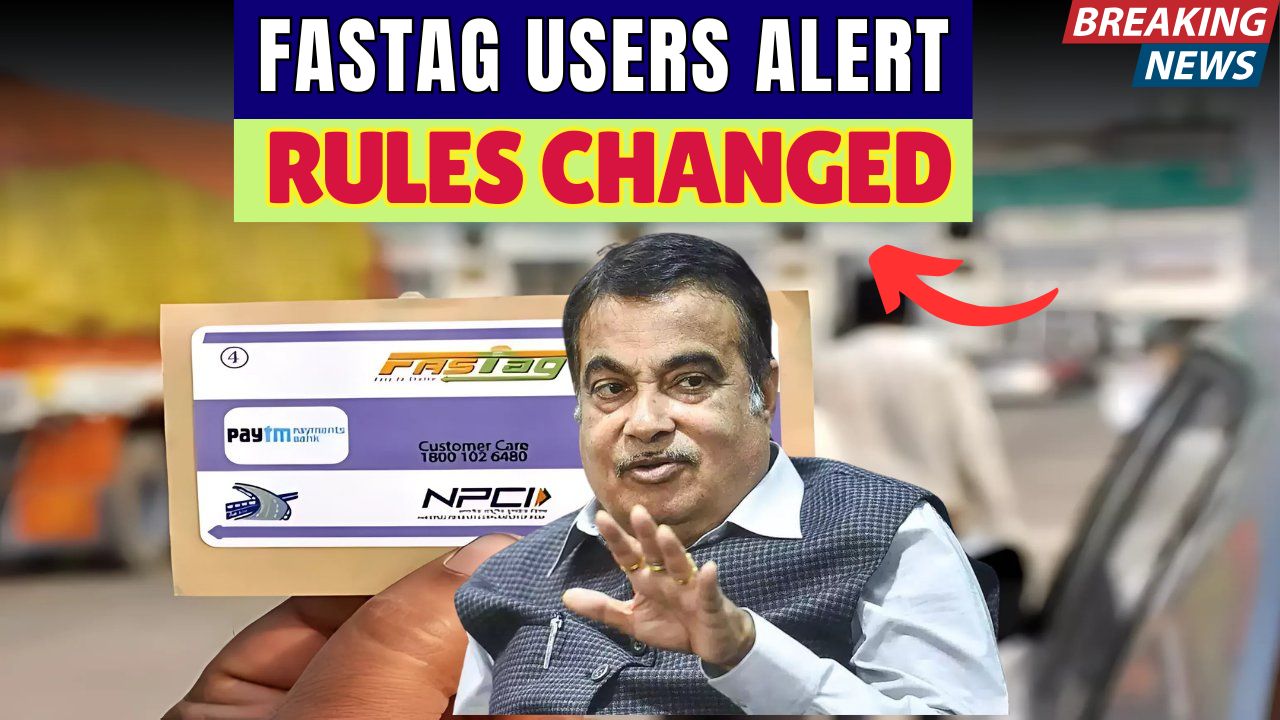India is taking a bold step forward in its highway infrastructure with the launch of GNSS-based tolling, signaling a major technological upgrade from the existing FASTag system. The new satellite-based toll collection system aims to eliminate physical toll booths, reduce congestion, and ensure a more efficient and transparent tolling process.
The system has gone live in pilot mode, and FASTag users need to be aware of how this transition will affect their commute, toll deductions, and vehicle tracking.
What Is GNSS-Based Tolling?
GNSS stands for Global Navigation Satellite System. Unlike the current FASTag system, which relies on RFID scanners at toll plazas, GNSS tolling calculates the toll based on the actual distance traveled by a vehicle on tolled highways.
This method uses satellite signals to track a vehicle’s movement in real-time, allowing for a seamless, contactless toll deduction process. It essentially removes the need for stopping or even slowing down at toll gates, making highway travel smoother and smarter.
How GNSS Tolling Works With FASTag
Although FASTag remains operational, GNSS tolling will function in parallel during the transition phase. Vehicles will be equipped with an on-board unit (OBU) or upgraded FASTag that supports satellite-based tracking. As you drive through a tolled section, the system calculates your entry and exit points using GNSS data, and toll charges are deducted accordingly.
The toll amount is not fixed like in traditional booths. Instead, it’s proportional to the distance you actually travel on the tolled highway. This ‘pay-as-you-use’ model is expected to be fairer, especially for commuters who use only partial sections of highways.
Why This Matters for Commuters
The biggest advantage of GNSS-based tolling is the removal of bottlenecks. No more waiting in long queues at toll plazas. This will reduce travel time, lower fuel consumption, and minimize vehicular emissions benefits that commuters and the environment alike will appreciate.
Additionally, the distance-based toll model ensures that people are not overcharged for short journeys. It introduces a new level of fairness, especially for regular commuters on short stretches.
Impact on FASTag Users
While existing FASTag infrastructure will continue to operate, users may be required to upgrade their tags or install a compatible GNSS device in the near future. The government is currently working on the guidelines for retrofitting OBUs into older vehicles and ensuring seamless integration with FASTag wallets for toll deduction.
Users should ensure their contact details and vehicle information are up to date on the FASTag portal to avoid any disruptions during the switchover. Notifications regarding upgrades or new device installations will be communicated via official channels.
Government’s Vision and Rollout Plan
The Ministry of Road Transport and Highways (MoRTH) has begun GNSS tolling in a pilot phase, targeting commercial vehicles initially. The long-term plan involves a nationwide rollout, covering all categories of vehicles.
The government aims to phase out all physical toll booths within the next 2–3 years. This bold vision aligns with the broader goal of building a digital-first transport ecosystem and enhancing road infrastructure efficiency.
Privacy and Data Security Concerns
With GNSS tracking, there are understandable concerns about privacy and data usage. The government has stated that all data collected through the system will be encrypted, stored securely, and used solely for tolling and traffic management purposes.
No personal movement data will be shared or misused. This assurance will be key to gaining public trust as the system rolls out on a larger scale.
How to Prepare for GNSS Tolling
If you’re a regular highway user, it’s a good time to stay informed. Keep an eye out for official updates from NHAI or your FASTag provider. You may be called to upgrade your device or participate in the pilot rollout.
Once fully implemented, you’ll benefit from real-time toll deduction updates via SMS or app notifications, without ever having to stop or scan at a booth. The system will automatically calculate the exact toll and deduct it from your FASTag-linked wallet or account.
Conclusion:
The introduction of GNSS-based tolling is a game-changer for India’s highways. While FASTag brought the first wave of modernization, GNSS is the next logical step, offering precision, efficiency, and convenience.
For FASTag users, the change marks a new beginning. Staying updated, understanding the system, and being ready for minor upgrades can ensure you’re part of this smarter travel revolution without any disruption. The future of road travel is fast, fair, and frictionless and it’s already live.




